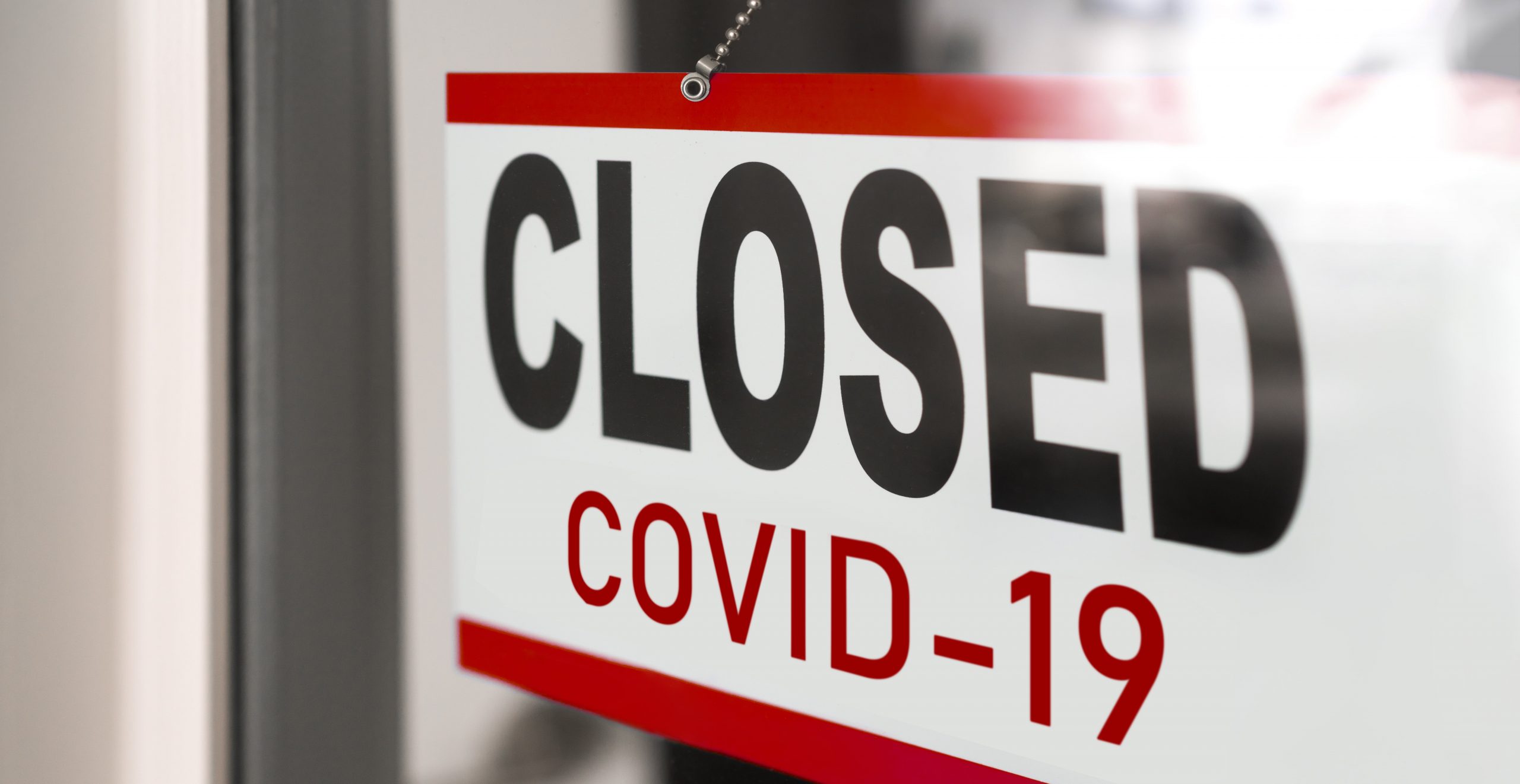If you were laid off (or furloughed), it’s important to understand how to apply for weekly unemployment benefits. Each state decides how much unemployment insurance (UI) you will collect, and how long you can collect these weekly benefits.
Unemployment insurance is a joint federal-state program, providing temporary benefit payments to employees out of a job for getting fired without a reason or being laid off from a job. You are paid unemployment benefits for a certain number of weeks (depending on the state that you reside in) or until you find another job, whichever comes first.
While laws vary by state, the most frequently asked questions and answers about unemployment, including new federal provisions for layoffs due to COVID-19, are discussed below.
How long do you have to work somewhere to collect unemployment?
There is no set length of time an employee must work for a single employer to collect unemployment benefits. However, a few states have exceptions for workers who were employed for less than 30 days. In most states, your eligibility for unemployment benefits depends on how many hours you worked, and how much income you earned in your “base period,” regardless of how many different employers you had.
A base period is a one-year period, usually defined as the first four of the last five completed quarters. If you meet the required earnings amount (which varies by state) during that period, meet any state requirements for hours worked in the base period, and have a qualifying termination reason, you are likely to be eligible for benefits.
See each state’s requirements for unemployment eligibility.

How quickly will I receive my unemployment benefits?
The federal Department of Labor's website says that you can expect your first unemployment check two or three weeks after you apply. This timeline applies as long as you submit all the required information, and no follow-up is necessary. In some states, there is a waiting period (one week is typical) between the time you become unemployed, and when you are eligible for benefits. This means you won't receive any unemployment compensation for the first week you are out of work.
The most important thing is to file for unemployment online as soon as you have notice of layoff. Because the system is taxed with a record number of filings right now, you don’t want to wait to file. Each state has its own system, but they all allow for filing for unemployment online.
What are the maximum benefits per week for unemployment benefits?
Some states like Illinois could pay as high as $1,495 per week depending on eligibility criteria. But only a handful of states such as Pennsylvania, Rhode Island, Connecticut, and New Jersey provide such generous benefits. The majority of the states provide average benefits in the range of $300 to $500. You can see base amounts for weekly benefits here. Most states offer a maximum of 26 weeks of unemployment benefits compensation.
As your benefits come to an end, or you're ready to start searching for a job, be sure to update your resume, check out job search tips to speed up the search, and read everything you'll need to ace your next interview (even if it's virtual).

Is it different if I have been laid off because my company had to close due to COVID-19?
Because of the current public health and economic crisis, the federal government has passed legislation regarding unemployment benefits.
The Coronavirus Aid, Relief, and Economic Security (CARES) Act was signed into law on March 27. It expands states’ ability to provide unemployment insurance for many workers impacted by the COVID-19 pandemic, including for workers who are not ordinarily eligible for unemployment benefits.
Currently, the federal government is providing up to an additional $600 per week on top of your state benefits. The exact amount could vary depending on your salary at the time of layoff. It also makes unemployment benefits available for a longer period of time.
This additional federal money is available for weeks of unemployment beginning after the date on which your state entered into the agreement with the U.S. Department of Labor and ending with weeks of unemployment ending on or before July 31, 2020.
